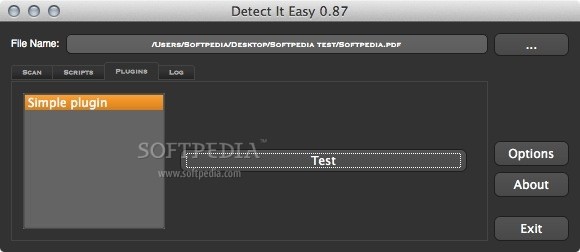
Originally classified according to histology and disease course,īut are now being re-grouped based on genetic aberrations, Types/subtypes of human lymphomas and leukemias. Furthermore, the current assays should be revised to consider the proportion of normal samples carrying the p210 transcripts when making a differential diagnosis.Īt present, there are a number of different

The presence of bcr‑abl transcripts in the blood of a significant proportion of healthy individuals should be considered in long‑term investigations to establish its exact association with the risk of developing leukemia. A significant incidence was also observed in adults compared with children, where adults were 6 times more likely to have the translocation. Notably, the incidence of p210 translocation was higher in males (12.2%) compared with females (7.7%) and males were 2.4 times more likely to have the translocation. While the bcr‑abl p190 transcript was not detected, the p210 transcript was detected in ~10% of samples. RNA was reverse transcribed and amplified by two rounds of PCR, amplifying the two common variants of bcr‑abl transcripts, p190 and p210. Samples were collected from 189 healthy volunteers (145 adults and 44 children). The present study screened for the presence of bcr‑abl transcripts in the blood of a group of healthy individuals using a sensitive‑nested reverse transcription polymerase chain reaction (RT‑PCR) assay. Although the occurrence of t(9 22) in healthy individuals has been previously demonstrated, the number of studies is limited and the results are inconsistent.

This translocation is detected in >90% of patients with chronic myelogenous leukemia and ~20% of acute lymphoblastic leukemia patients, which predominantly express the p210 and p190 proteins, respectively. Bcr‑abl fusion transcripts, resulting from translocation t(9 22), are hallmarks of Philadelphia chromosome positive (Ph+) leukemias.


 0 kommentar(er)
0 kommentar(er)
